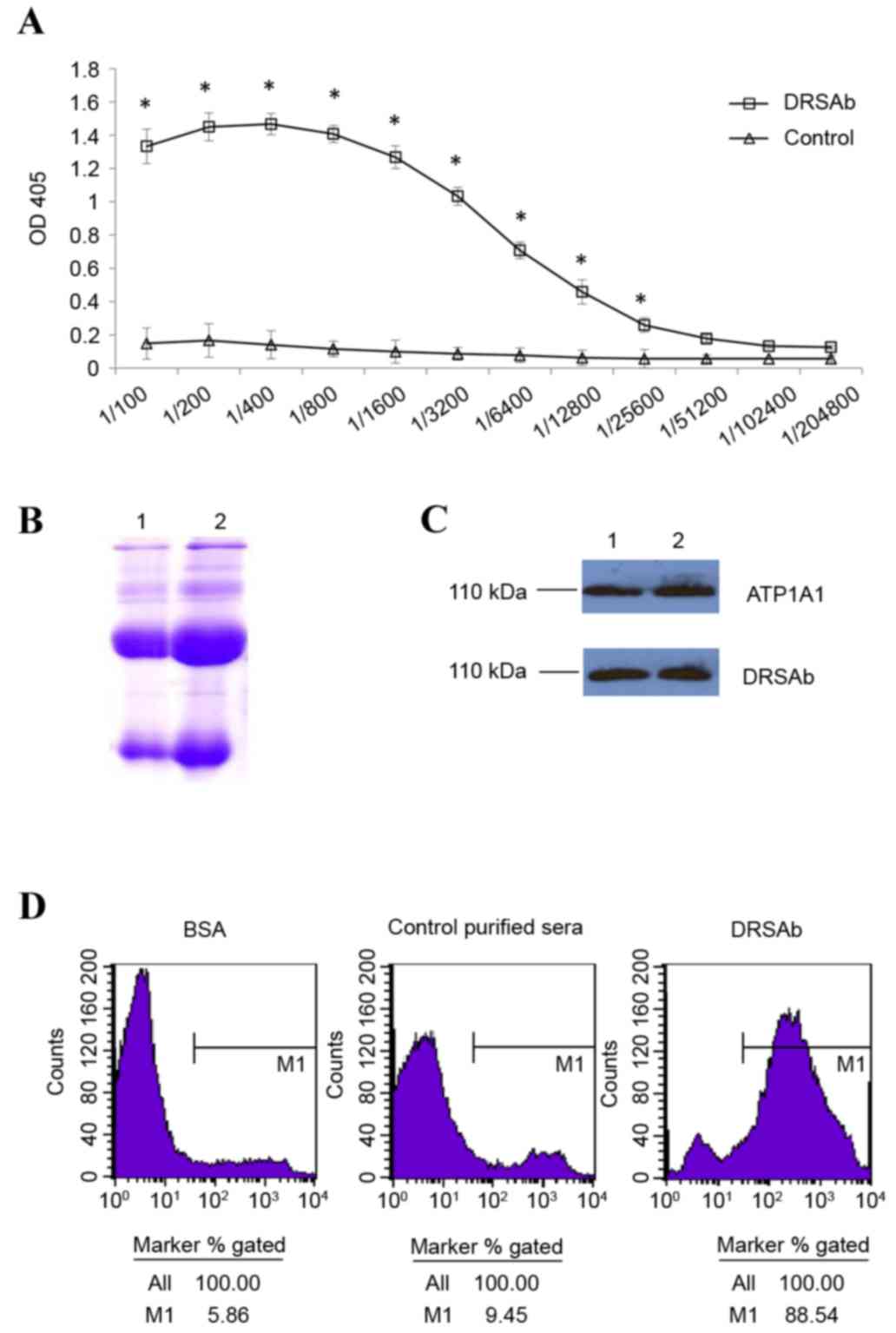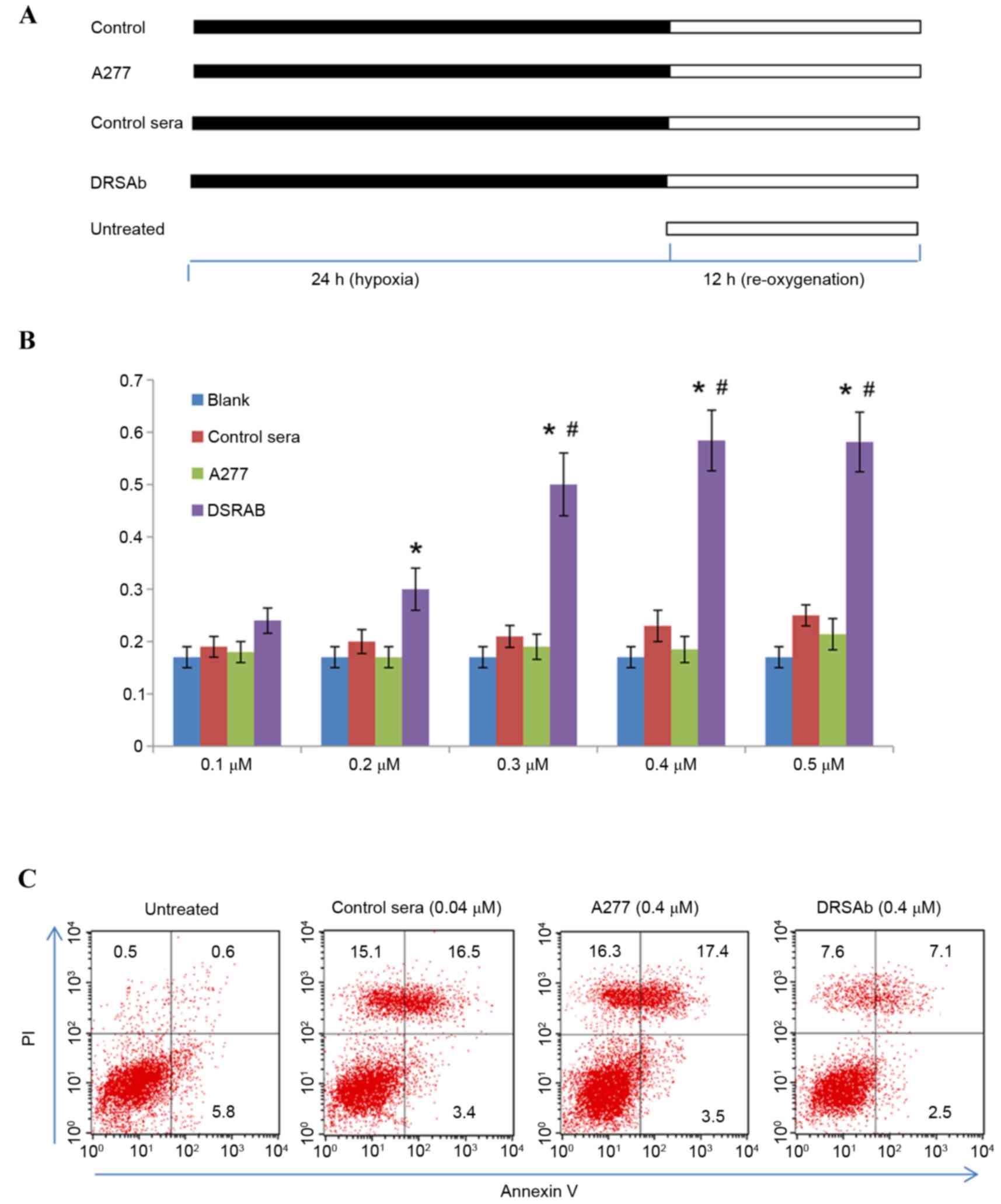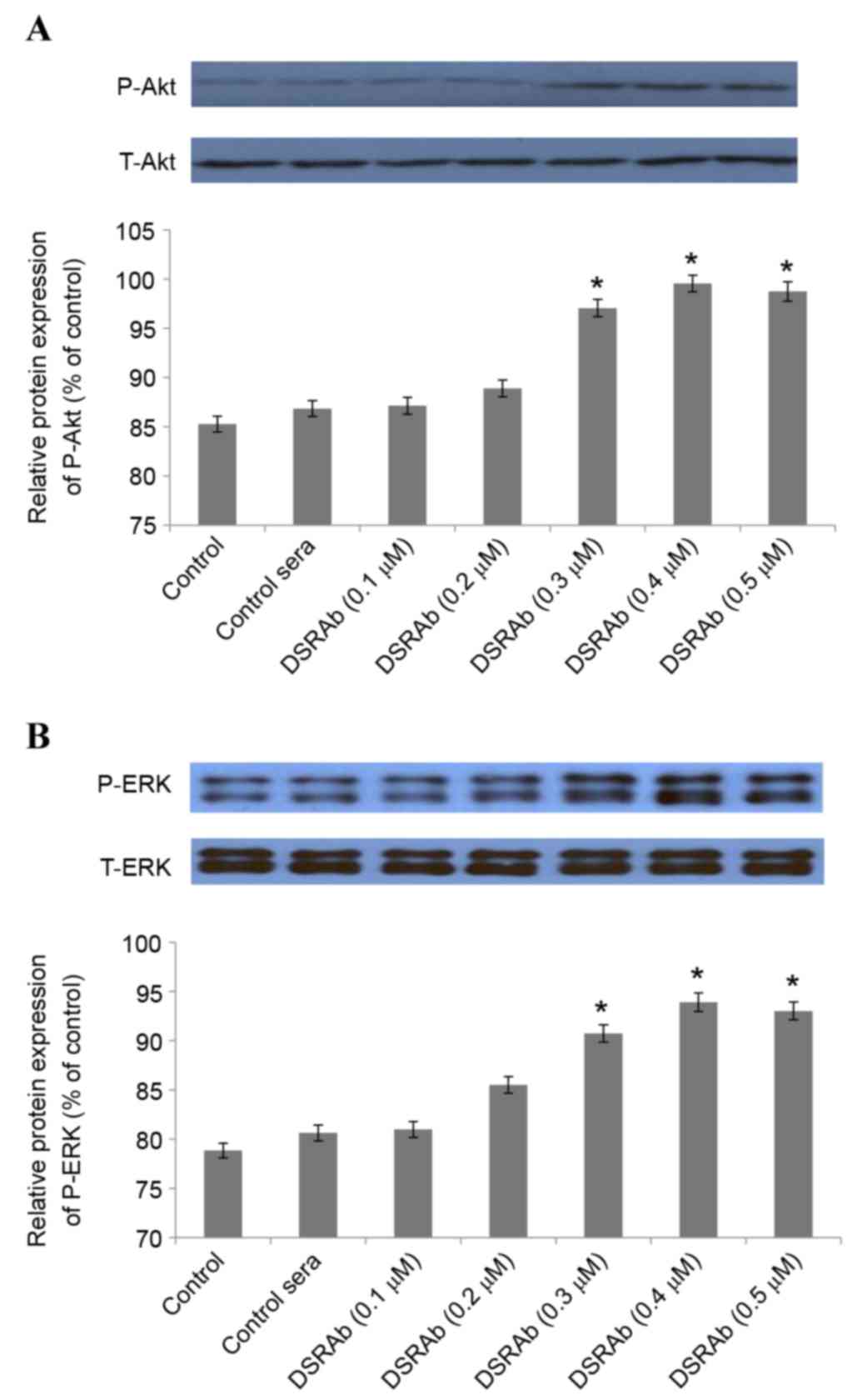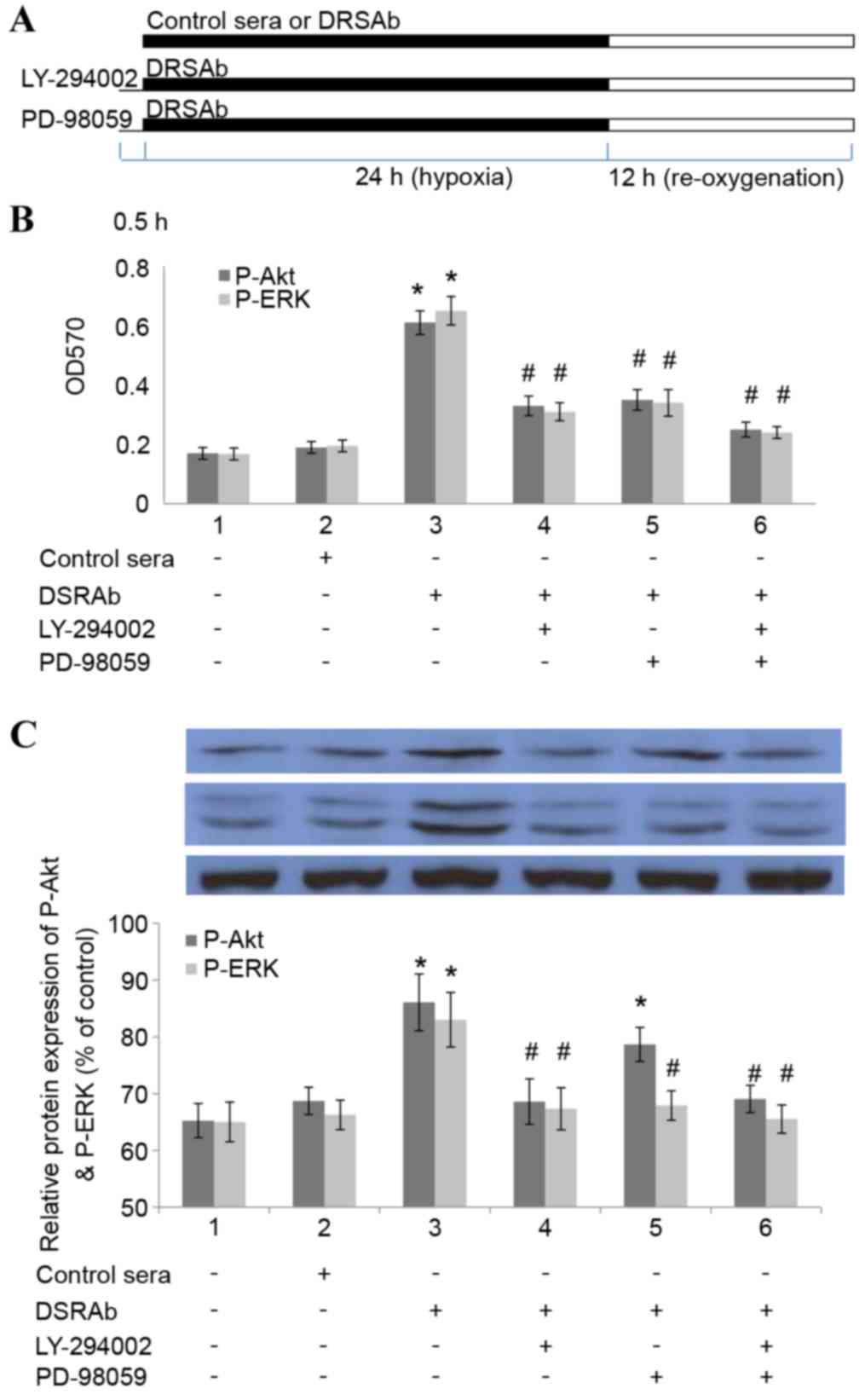|
1
|
Pendlebury ST and Rothwell PM: Prevalence,
incidence, and factors associated with pre-stroke and post-stroke
dementia: A systematic review and meta-analysis. Lancet Neurology.
8:1006–1018. 2009. View Article : Google Scholar : PubMed/NCBI
|
|
2
|
Chinese Society of Neurology, . Guidelines
for the diagnosis and treatment of cerebral hemorrhage in China
(2014). Chinese J Neurology. 48:435–444. 2015.
|
|
3
|
Gorelick PB: Stroke prevention therapy
beyond antithrombotics: Unifying mechanisms in ischemic stroke
pathogenesis and implications for therapy: An invited review.
Stroke. 33:862–875. 2002. View Article : Google Scholar : PubMed/NCBI
|
|
4
|
Ma LL, Xing GP, Yu Y, Liang H, Yu TX,
Zheng WH and Lai TB: Sulforaphane exerts neuroprotective effects
via suppression of the inflammatory response in a rat model of
focal cerebral ischemia. Int J Clin Exp Med. 8:17811–17817.
2015.PubMed/NCBI
|
|
5
|
Sherzai AZ and Elkind MS: Advances in
stroke prevention. Ann N Y Acad Sci. 1338:1–15. 2015. View Article : Google Scholar : PubMed/NCBI
|
|
6
|
Kaplan JH: Biochemistry of Na,K-ATPase.
Annu Rev Biochem. 71:511–535. 2002. View Article : Google Scholar : PubMed/NCBI
|
|
7
|
Liu J, Tian J, Haas M, Shapiro JI, Askari
A and Xie Z: Ouabain interaction with cardiac
Na+/K+-ATPase initiates signal cascades
independent of changes in intracellular Na+ and
Ca2+ concentrations. J Biol Chem. 275:27838–27844.
2000.PubMed/NCBI
|
|
8
|
Kominato R, Fujimoto S, Mukai E, Nakamura
Y, Nabe K, Shimodahira M, Nishi Y, Funakoshi S, Seino Y and Inagaki
N: Src activation generates reactive oxygen species and impairs
metabolism-secretion coupling in diabetic Goto-Kakizaki and
ouabain-treated rat pancreatic islets. Diabetologia. 51:1226–1235.
2008. View Article : Google Scholar : PubMed/NCBI
|
|
9
|
Wang Y, Zhan Y, Xu R, Shao R, Jiang J and
Wang Z: Src mediates extracellular signal-regulated kinase 1/2
activation and autophagic cell death induced by cardiac glycosides
in human non-small cell lung cancer cell lines. Mol Carcinog. 54
Suppl 1:E26–E34. 2015. View
Article : Google Scholar : PubMed/NCBI
|
|
10
|
Xu KY: Activation of (Na+ +
K+)-ATPase. Biochem Biophys Res Commun. 338:1669–1677.
2005. View Article : Google Scholar : PubMed/NCBI
|
|
11
|
Zheng J, Koh X, Hua F, Li G, Larrick JW
and Bian JS: Cardioprotection induced by Na(+)/K(+)-ATPase
activation involves extracellular signal-regulated kinase 1/2 and
phosphoinositide 3-kinase/Akt pathway. Cardiovasc Res. 89:51–59.
2011. View Article : Google Scholar : PubMed/NCBI
|
|
12
|
Lee DI, Klein MG, Zhu W, Xiao RP,
Gerzanich V and Xu KY: Activation of
(Na++K+)-ATPase modulates cardiac L-type
Ca2+ channel function. Mol Pharmacol. 75:774–781. 2009.
View Article : Google Scholar : PubMed/NCBI
|
|
13
|
Zhu YM, Wang CC, Chen L, Qian LB, Ma LL,
Yu J, Zhu MH, Wen CY, Yu LN and Yan M: Both PI3K/Akt and ERK1/2
pathways participate in the protection by dexmedetomidine against
transient focal cerebral ischemia/reperfusion injury in rats. Brain
Res. 1494:1–8. 2013. View Article : Google Scholar : PubMed/NCBI
|
|
14
|
Pan C, Prentice H, Price AL and Wu JY:
Beneficial effect of taurine on hypoxia- and glutamate-induced
endoplasmic reticulum stress pathways in primary neuronal culture.
Amino Acids. 43:845–855. 2012. View Article : Google Scholar : PubMed/NCBI
|
|
15
|
Xie Z and Askari A: Na(+)/K(+)-ATPase as a
signal transducer. Eur J Biochem. 269:2434–2439. 2002. View Article : Google Scholar : PubMed/NCBI
|
|
16
|
Mohammadi K, Kometiani P, Xie Z and Askari
A: Role of protein kinase C in the signal pathways that link
Na+/K+-ATPase to ERK1/2. J Biol Chem.
276:42050–42056. 2001. View Article : Google Scholar : PubMed/NCBI
|
|
17
|
Pasdois P, Quinlan CL, Rissa A, Tariosse
L, Vinassa B, Costa AD, Pierre SV, Dos Santos P and Garlid KD:
Ouabain protects rat hearts against ischemia-reperfusion injury via
pathway involving src kinase, mitoKATP and ROS. Am J Physiol Heart
Circ Physiol. 292:H1470–H1478. 2007. View Article : Google Scholar : PubMed/NCBI
|
|
18
|
Yue TL, Wang C, Gu JL, Ma XL, Kumar S, Lee
JC, Feuerstein GZ, Thomas H, Maleeff B and Ohlstein EH: Inhibition
of extracellular signal-regulated kinase enhances
Ischemia/Reoxygenation-induced apoptosis in cultured cardiac
myocytes and exaggerates reperfusion injury in isolated perfused
heart. Circ Res. 86:692–699. 2000. View Article : Google Scholar : PubMed/NCBI
|
|
19
|
Yang Y, Zhang X, Cui H, Zhang C, Zhu C and
Li L: Apelin-13 protects the brain against ischemia/reperfusion
injury through activating PI3K/Akt and ERK1/2 signaling pathways.
Neurosci Lett. 568:44–49. 2014. View Article : Google Scholar : PubMed/NCBI
|
|
20
|
Han XH, Cheng MN, Chen L, Fang H, Wang LJ,
Li XT and Qu ZQ: 7,8-dihydroxyflavone protects PC12 cells against
6-hydroxydopamine-induced cell death through modulating PI3K/Akt
and JNK pathways. Neurosci Lett. 581:85–88. 2014. View Article : Google Scholar : PubMed/NCBI
|
|
21
|
Hausenloy DJ and Yellon DM: Survival
kinases in ischemic preconditioning and postconditioning.
Cardiovasc Res. 70:240–253. 2006. View Article : Google Scholar : PubMed/NCBI
|
|
22
|
Lee SG, Su ZZ, Emdad L, Sarkar D, Franke
TF and Fisher PB: Astrocyte elevated gene-1 activates cell survival
pathways through PI3K-Akt signaling. Oncogene. 27:1114–1121. 2008.
View Article : Google Scholar : PubMed/NCBI
|
|
23
|
Turjanski AG, Vaque JP and Gutkind JS: MAP
kinases and the control of nuclear events. Oncogene. 26:3240–3253.
2007. View Article : Google Scholar : PubMed/NCBI
|













